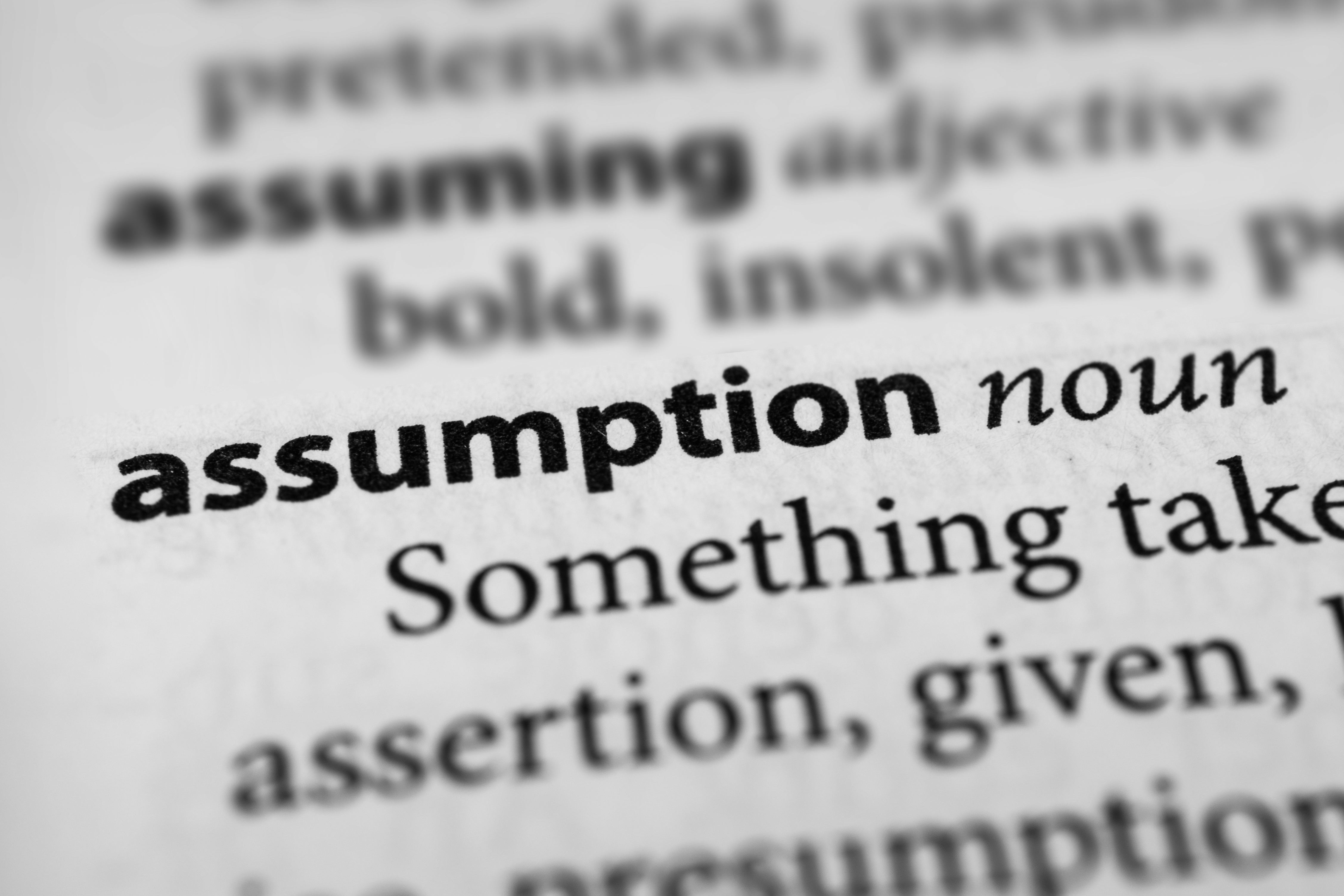A new state government report provides Governor Newsom a great opportunity to end his longstanding practice of shunning energy policy experts in favor of unproven, fanciful talking points.
Under SB X1-2, the California Legislature directed the state Energy Commission to analyze and report on ways to “mitigate gasoline price spikes … and maintain an overall affordable, reliable, equitable, and safe supply of gasoline during the transition to zero-emission vehicles (ZEVs).”
In case Newsom is too busy super-commuting to read the full report, we’ve pulled out four key learnings:
1) CALIFORNIA WILL NEED MASSIVE AMOUNTS OF TRANSPORTATION FUELS FOR DECADES TO COME.
“The CEC projects that gasoline demand will remain above two hundred thousand barrels per day (TBD) at least through 2035 if not longer. Even under the most aggressive scenario transition to ZEVs, millions of petroleum-fueled vehicles are anticipated to remain on California’s roads and highways beyond 2035.” (page 1)
“Gasoline is likely to remain the leading transportation fuel for at least a decade.” (page 9)
2) CALIFORNIA’S MARKETS FOR TRANSPORTATION FUELS ARE ISOLATED, AND UNIQUE FUEL REQUIREMENTS ADD TO THE ISOLATION EFFECTS.
“California is essentially a fuel island. There are no pipeline inflows of refined fuel into the state, and cargo ships … take three to six weeks to arrive from distant facilities capable of producing [the California-specific blend of gasoline]. By contrast, many other states have a broad network of pipeline flows, multiple regular sources of marine imports, and similar fuel specifications to neighboring states, all of which help to maintain supply resiliency and hence price stability in the market.” (page 15)
3) CALIFORNIA REGULARLY DEMANDS MORE GASOLINE THAN ITS LIMITED REFINING CAPACITY CAN PROVIDE.
“As of March 2024, nine California refineries produce California-specific gasoline … The temporary reduction of refining capacity at a single refinery in either the north or the south would represent a critical reduction of refining capacity for each respective region.” (page 2)
“Although post-2020 maximum sustainable refinery [gasoline] production remains capable of meeting current demand, actual refinery production has lagged maximum levels due in part to planned and unplanned refinery outages. Maximum sustainable refinery [gasoline] production has declined further with the 2024 conversion of the Phillips 66 Rodeo refinery.” (page 17)
4) CALIFORNIA’S MARKET ISOLATION AND LIMITED IN-STATE REFINING CAPACITY RAISE THE RISK OF GASOLINE PRICE SPIKES.
“While no state is immune to the broader challenges of crude oil price instability, California faces fuel price instability even when the crude oil markets are stable. Gasoline price stability in the state is closely tied to the available refining capacity, which is highly sensitive to planned and unplanned refinery shutdowns … When an unexpected refinery shutdown occurs in California, refiners have limited options to resupply quickly, especially with gasoline.” (page 16)
“During [the Torrance refinery shutdown], a significant amount of replenishment fuel was shipped from Northern California to Southern California by marine vessel (much more than was imported). This was helpful in sustaining supply to Southern California, although the relief may not have been possible if Chevron’s Richmond refinery was undergoing a turnaround or had its own unplanned event. Moreover, with Marathon Martinez conversion and Phillips Rodeo having converted in 2024, the Bay area will no longer be in surplus of gasoline to ship to Southern California in the future.” (page 44)


